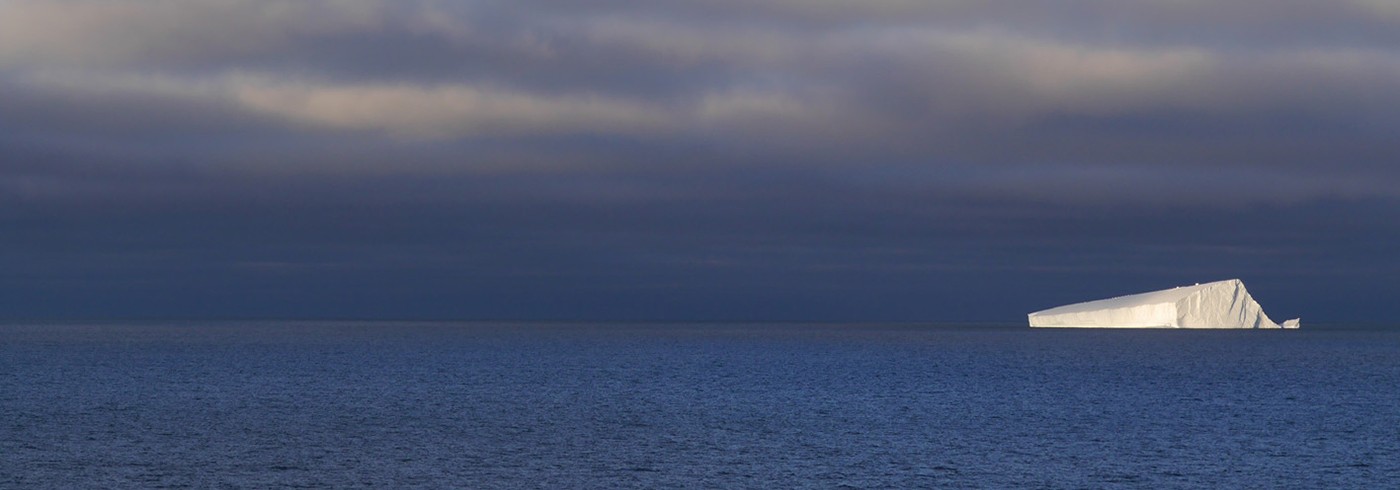We’ve been at sea for two days now. At sea and at science: we turned the multibeam on as soon as we had got through the sea ice around McMurdo and had open water beneath us – a couple of hours after the crew hauled in the ropes at the station. We’re collecting data! For the next 42–43 days we will be traversing back and forth across various sectors of the Ross Sea (see the updated maps on this post). In our planning we’ve identified key areas based on pre-existing data, based on the lack of pre-existing data, and based on our hypotheses of past glacial dynamics in these areas, where we want to collect new geophysical data and sediment cores.
“We” is a group predominantly based at Rice University, in Houston in the US (the project I’m a part of, focussing on the Western Ross Sea with Principal Investigator John Anderson: www.earthscience.rice.edu) and a group from Louisiana State Univ, working in the Eastern Ross Sea with the Chief Scientist on board the ship, Phil Bart (www.geology.lsu.edu). We’re a small group – just 15 scientists – and since we have rather similar scientific themes for this cruise, we’ve joined forces and all hands are working shifts together.
These first few days, we’re working in my group’s area in the Western Ross Sea. Late tomorrow we shall head out east, to the Whales Deep in the Eastern Ross Sea where Phil and his group will work for the next 3–4 weeks before we head back west for the final couple of weeks of the cruise. It’s begun!



